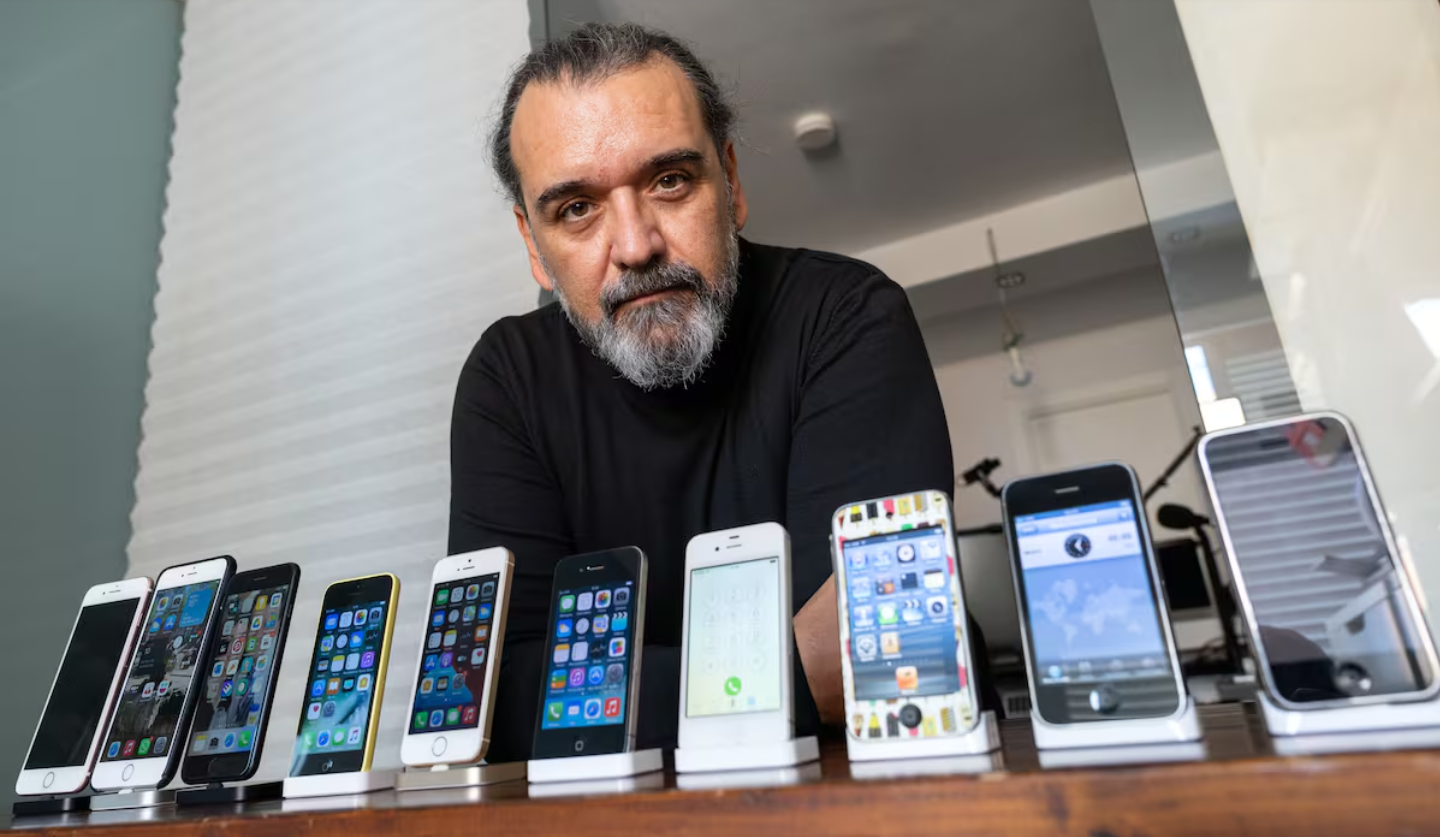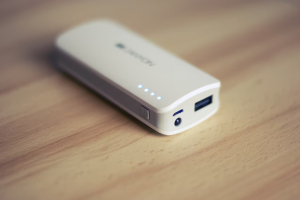
For some people, changing their mobile phone is not a necessity and they refuse to buy the latest model every year.
“It has the longest-lasting battery,” “it’s the best phone we’ve ever made.” The harangues sound grandiloquent at the presentations of new mobile models. Prices live up to the epic narrative: 959 euros for the iPhone 16 but up to 1,969 euros for the most expensive model, and the same happens with Samsung, which sells the Galaxy S24 Ultra for 1,199 euros and easily exceeds 1,500 euros for the Galaxy Fold 6.
Spain is one of the countries with the highest mobile phone penetration rate in the world. According to data from the National Commission on Markets and Competition, in 2023 there were 59,500,000 mobile lines for a population of just under 49 million inhabitants. Does this frenzy for acquiring new mobile phones respond to a real need or to excessive consumerism?
“Mobile phone manufacturers make people believe that real innovation is happening and reinforce the idea that new necessarily means better. It is perceived obsolescence,” explains Marta Castillo, marketing manager at Back Market. This refurbished mobile phone buying and selling site is experiencing a golden moment; according to them, its turnover grew by 23% in 2023 compared to the previous year, reaching 2.157 billion euros.
In Spain, mobile phones are changed on average every two or three years, according to a study by Rentik and the Report on the global impact of refurbished electronics (carried out by the French Ecological Transition Agency (ADEME) in 2022.
Consumers cling to their mobile phones
Californian Chris Matyszczyk is one of the veterans of the blogosphere and also someone who refuses to change his phone just because. Clinging to his battered iPhone 12 since 2020, he sees no reason to upgrade. “I usually go to the Apple Store to have them explain to me the improvements of the new iPhone when it goes on sale and I laugh when I hear that the camera is better than the previous one,” explains Matyszczyk. “It is still a functional object, and mine continues to work perfectly despite the years,” he adds.
The same thing happens to Samsung with the latest innovations in its top-of-the-range phones. In the manufacturer’s own comparison , the differences between the current flagship, the Galaxy Fold 6, and the previous one, the Fold 5, are barely noticeable. A larger and brighter screen, greater resistance to dust, but practically the same camera and identical battery.
What arguments can the potential buyer of the device find? In addition, both Apple and Samsung have embarked on the promise of artificial intelligence and Apple does not even incorporate it into the equipment, assuring that it will arrive in the future
. Even the popular youtuber Marques Brownlee highlights the irony of the situation in his analysis of the iPhone 16: “You can’t review something that hasn’t arrived yet,” in reference to the words of Tim Cook, who announced that the iPhone 16 had been designed exclusively around the future promise of Apple Intelligence , an ethereal service whose details are unknown and whose absence leaves the company’s flagship mobile lame. The problem is that the market has become accustomed to these incremental improvements that hardly offer any new features.
Basque businessman José (who prefers not to give his last name) is another who fell off the renewal bandwagon, but in this case, by accident: “One day, the camera on my iPhone stopped working,” he says, and after going to an approved Apple technical service, he was informed that the cost of repair was so expensive that it was almost worth it to buy a new terminal.
“It was at that moment that the salesman himself discouraged me from buying the latest model and recommended the previous one, stating that “there were almost no differences.” Basically, this employee was saving him 200 euros in the purchase process and all by missing out on some premium improvements that he didn’t really need.
The ecological footprint of mobile phone sales
The Mallorcan speaker David Arráez has been stuck with his iPhone 12 Pro Max for four years: “I don’t upgrade because what’s coming out doesn’t make up for it,” he explains. According to Arráez, manufacturers act this way because “people keep buying” and they distill the minimum improvements to justify the outlay to that niche market that always wants to have the latest model. And he’s not wrong: Samsung’s sales continue to increase thanks to the Galaxy S24, and the same is happening to Apple, despite the slip in sales forecasts for the iPhone 16.
But these rebels, who refuse to go through the hoop and buy the latest model every year, have another solid argument: the impact on the environment. “By buying a refurbished mobile, you save up to 77,000 litres of water, you achieve an 89% reduction in electronic waste and you avoid the extraction of 243.60 kg of raw materials, the equivalent of the weight of twelve bicycles,” explains Castillo, marketing manager at Back Market. What does the refurbishing process involve? It is a way of breaking out of the cycle of renewal that those who always want to be up to date with their mobile are dragged into.
These are second-hand phones, refurbished and, most importantly, with a warranty similar to that of a new phone. These devices undergo extensive testing, similar to those carried out in manufacturers’ repair centres. Defective parts are replaced, batteries are assessed or replaced, and the phone’s exterior appearance is improved. Once refurbished, the phone is prepared for sale and the handset can be purchased for up to 70% less than the market price.





